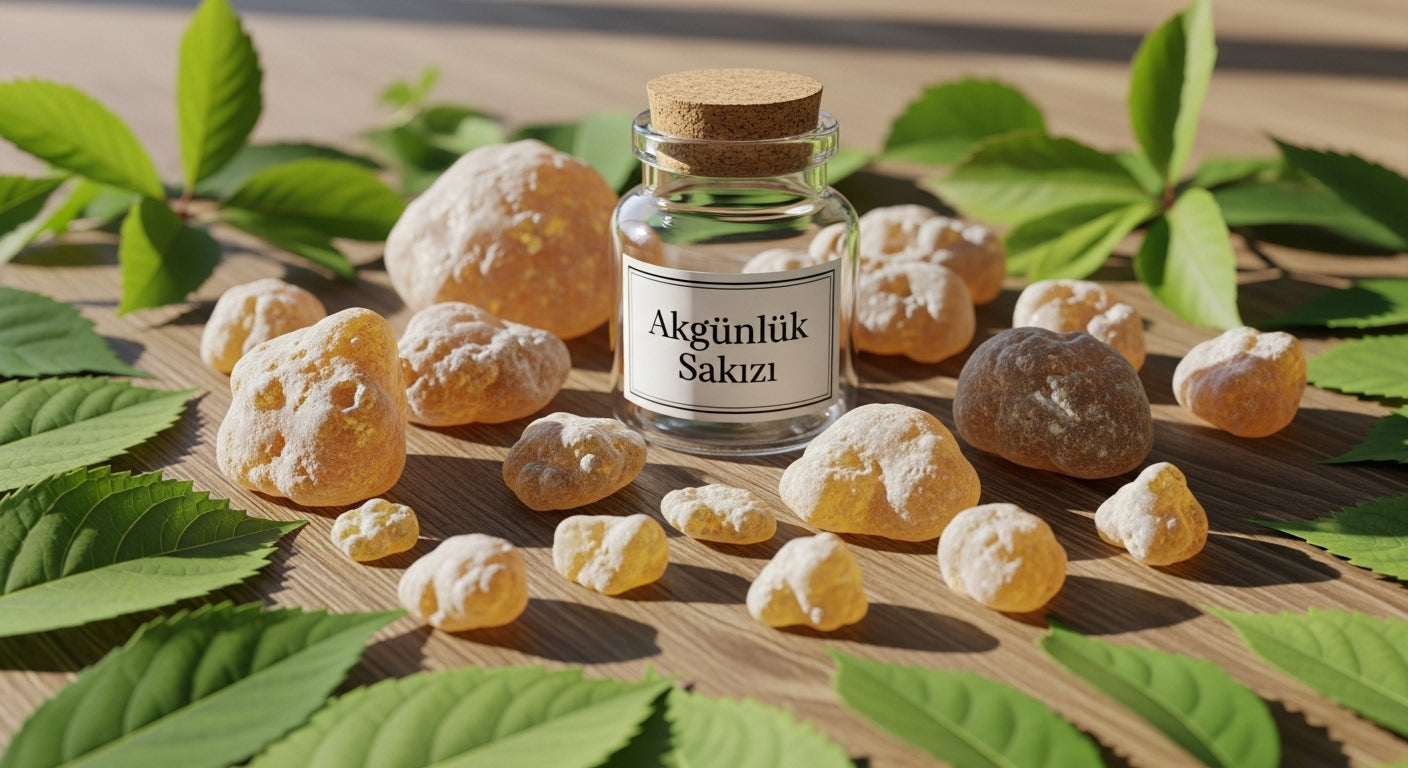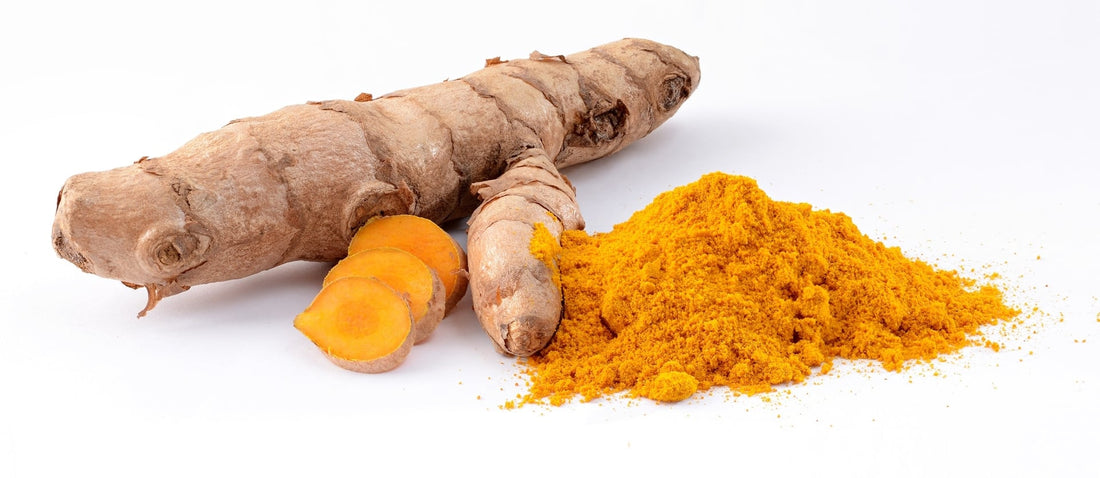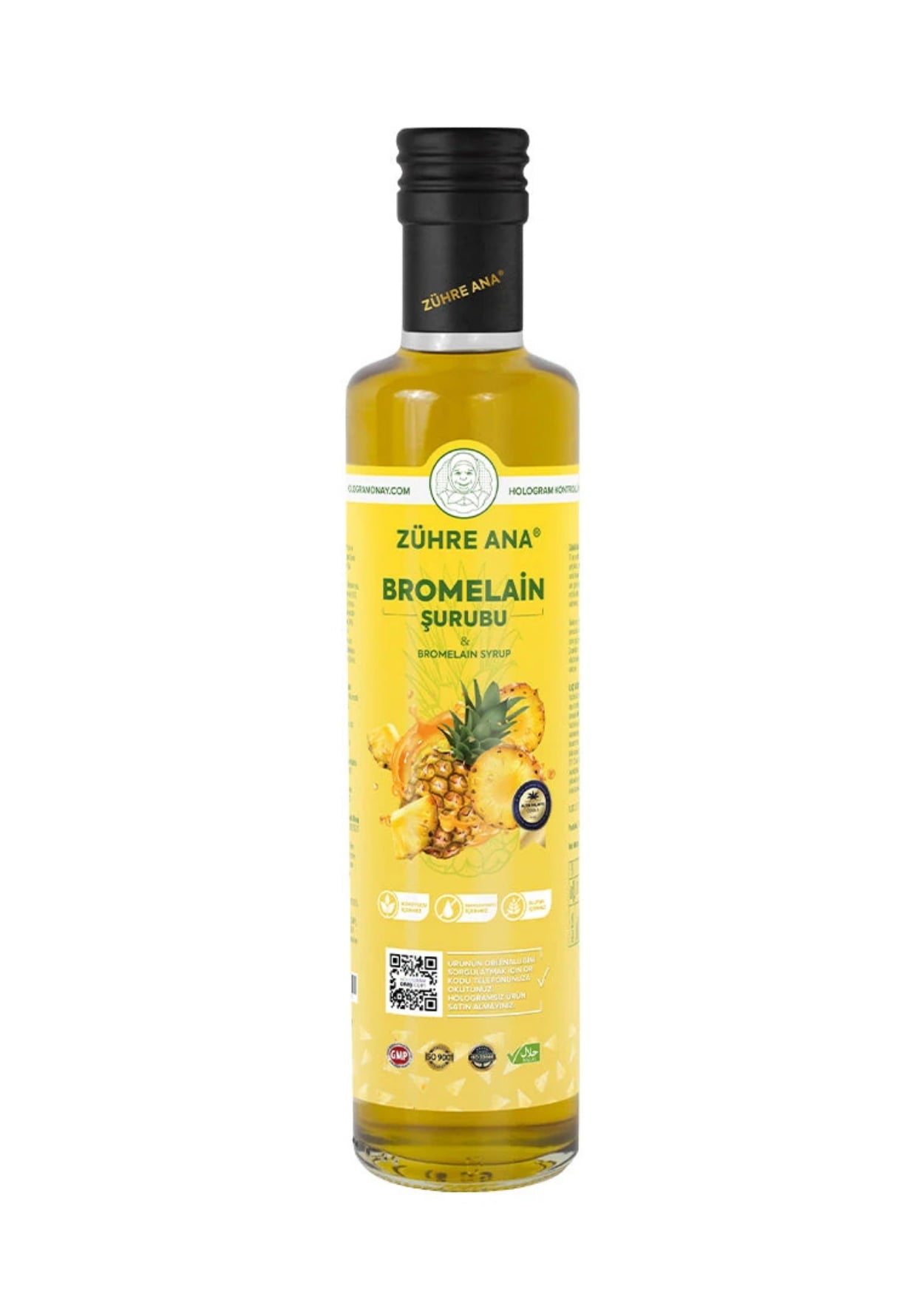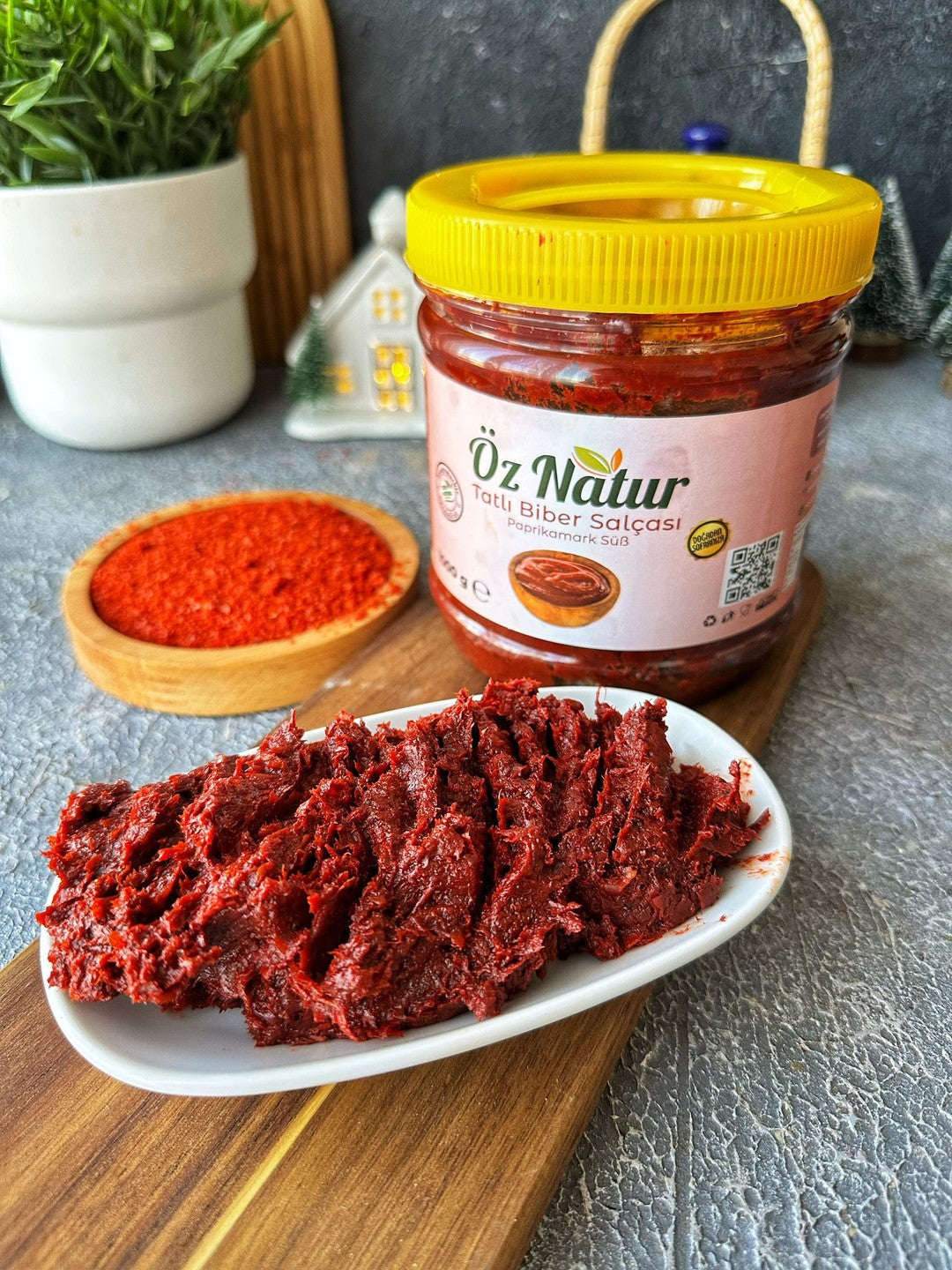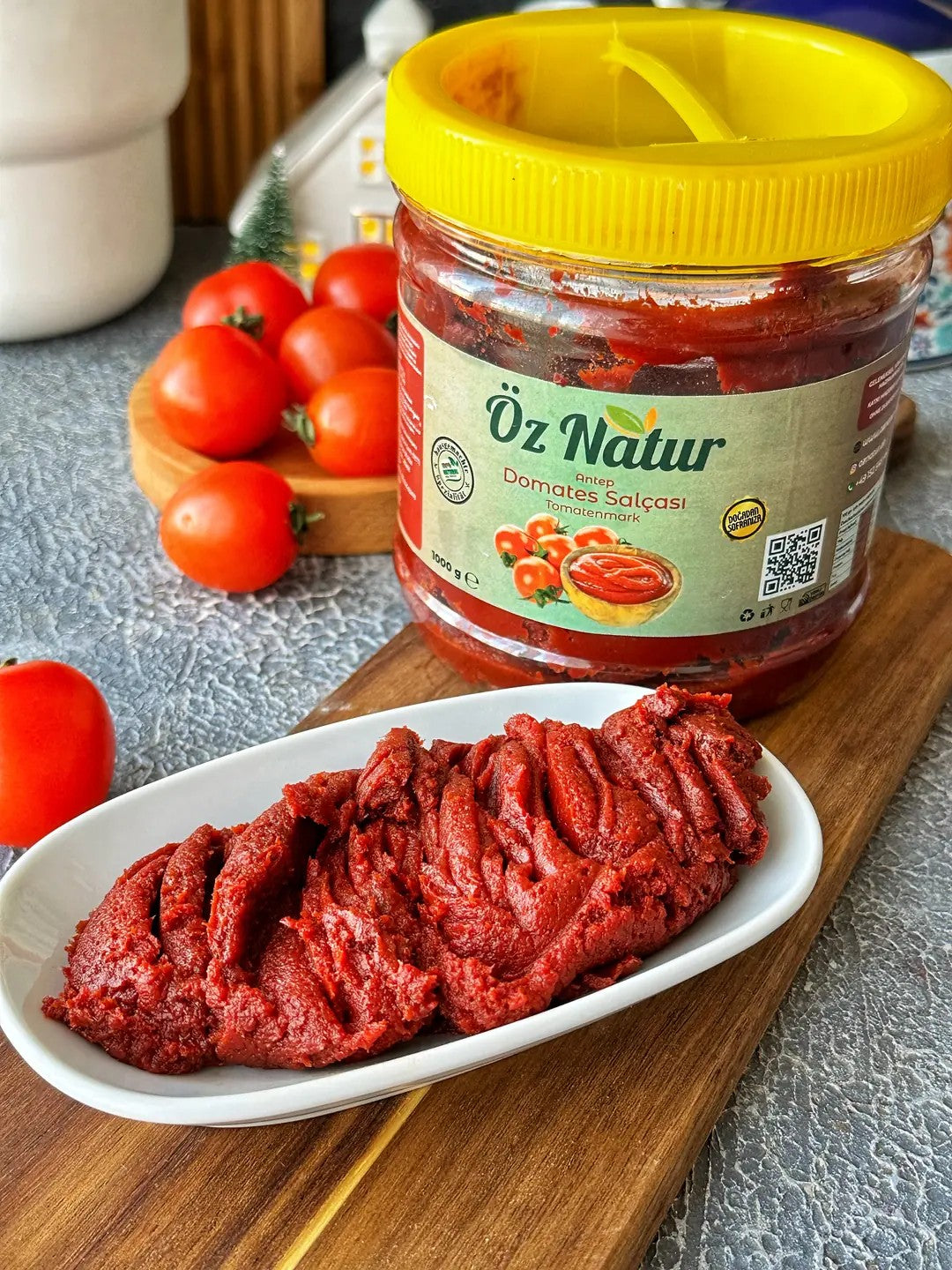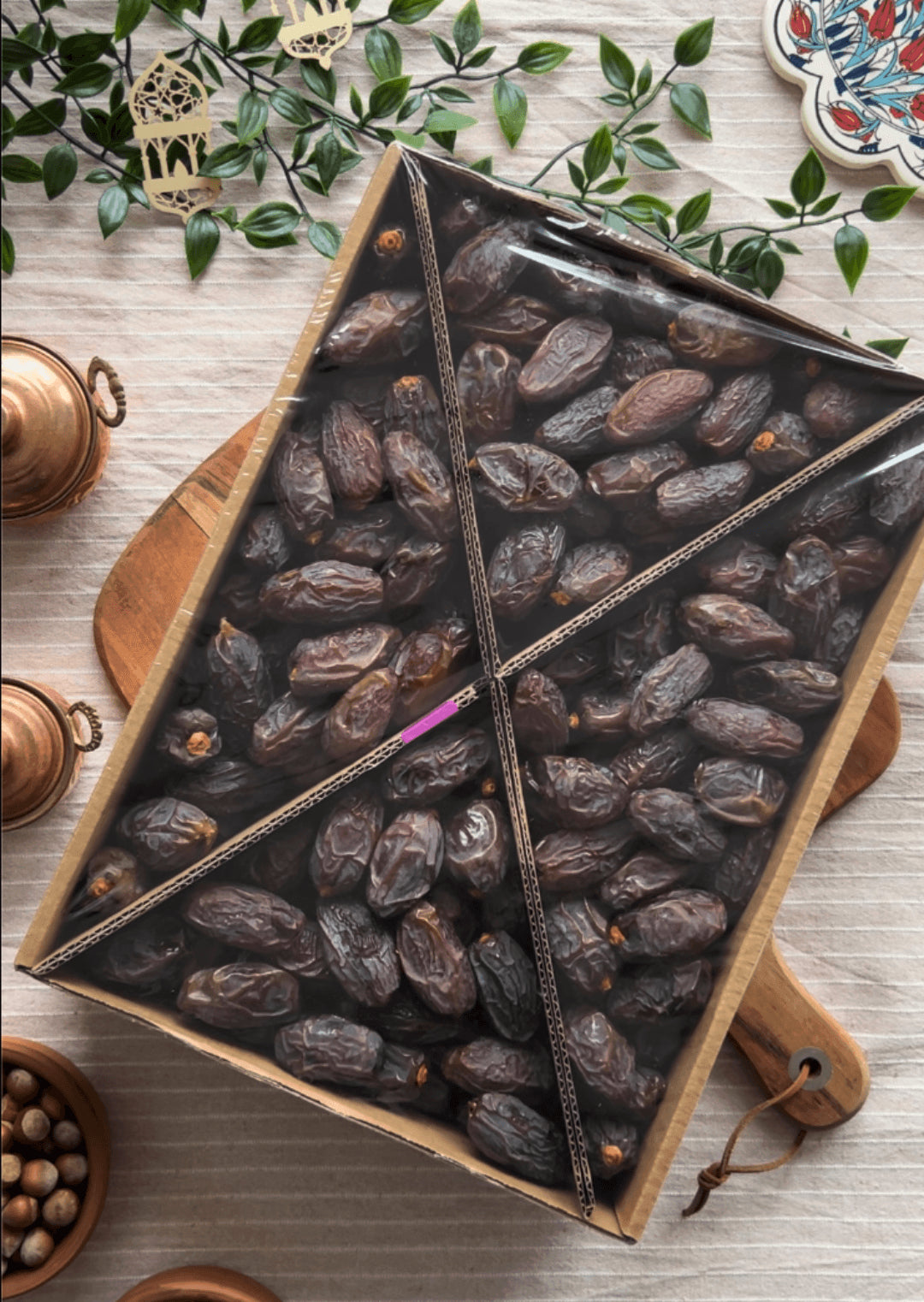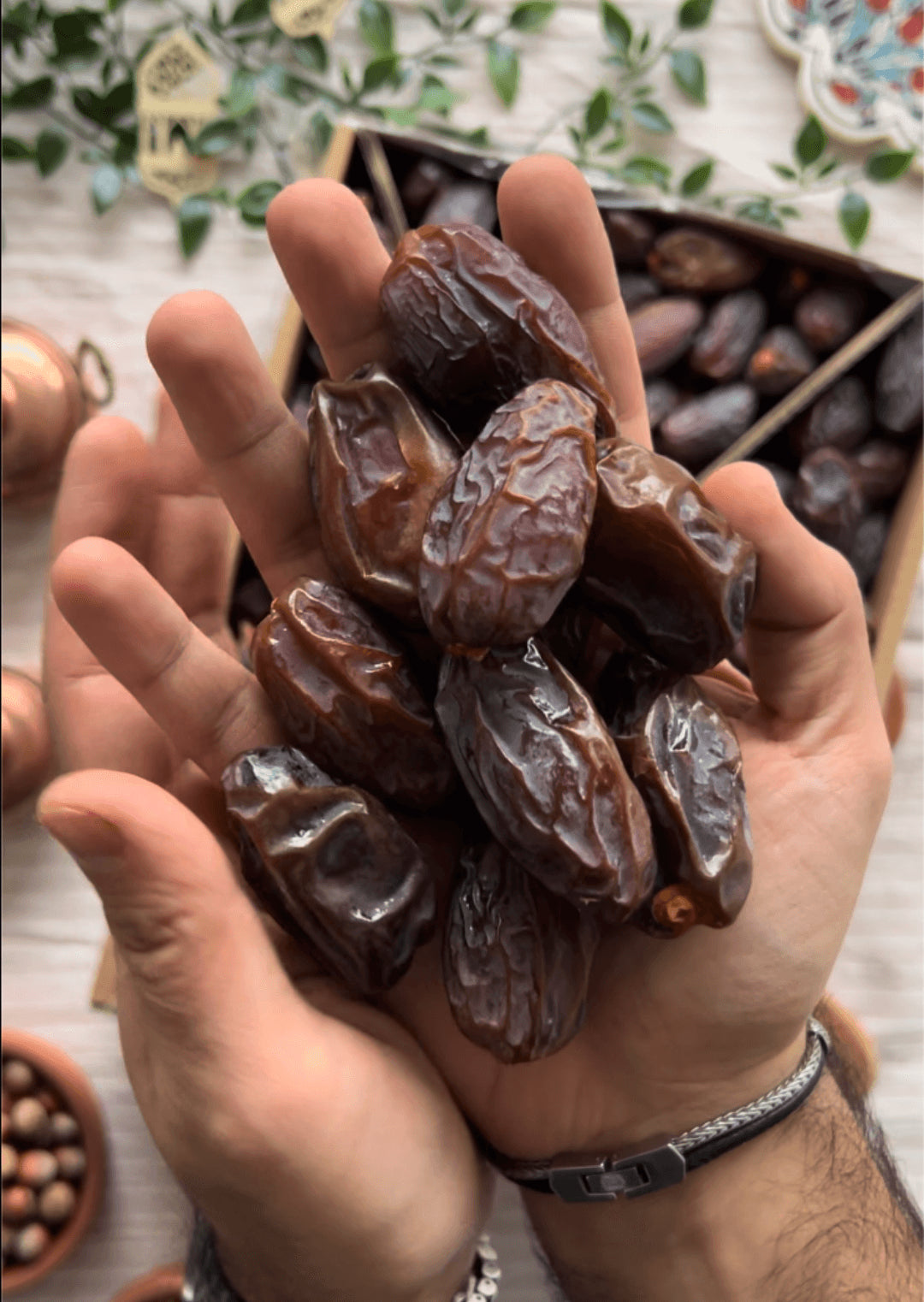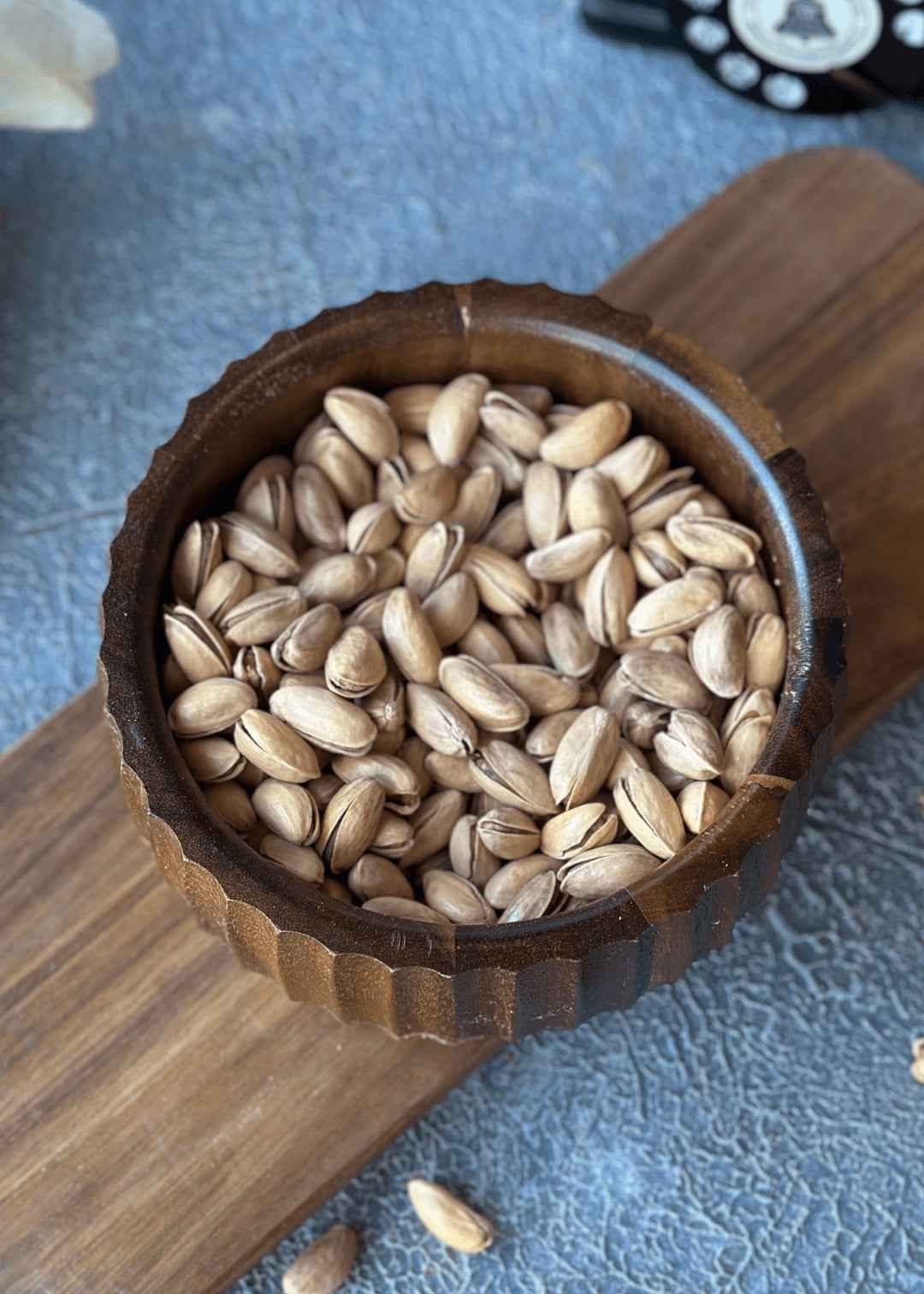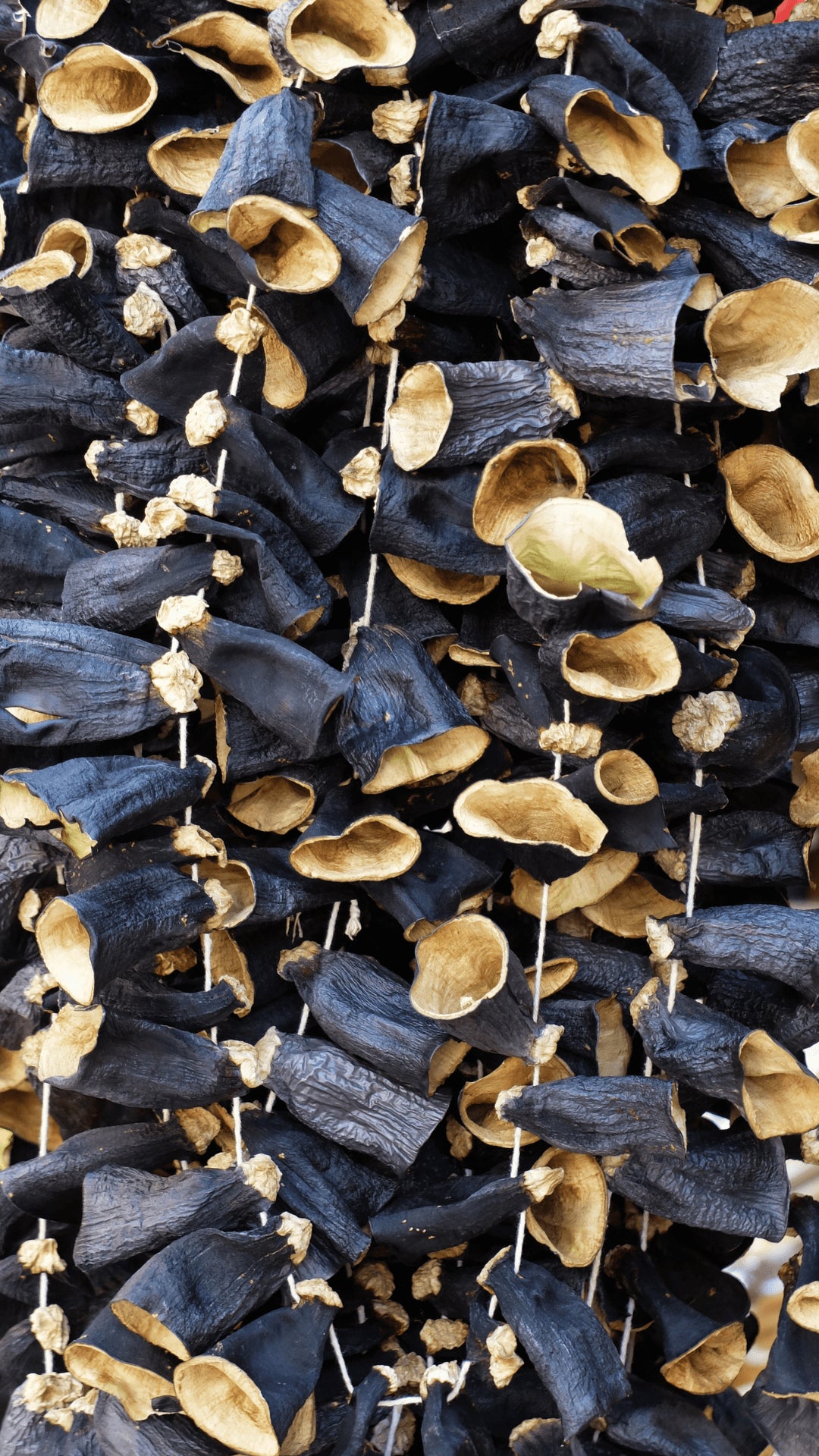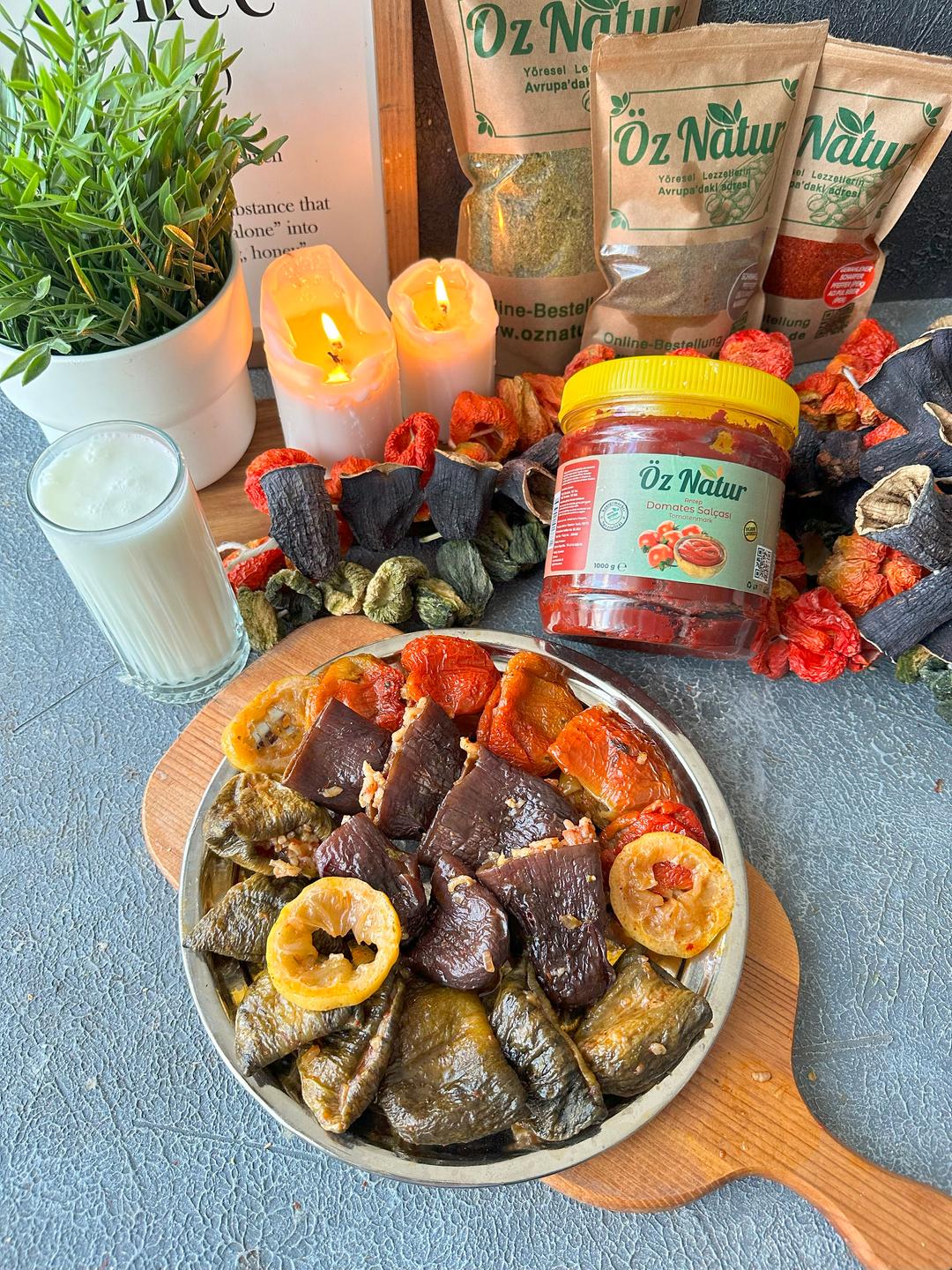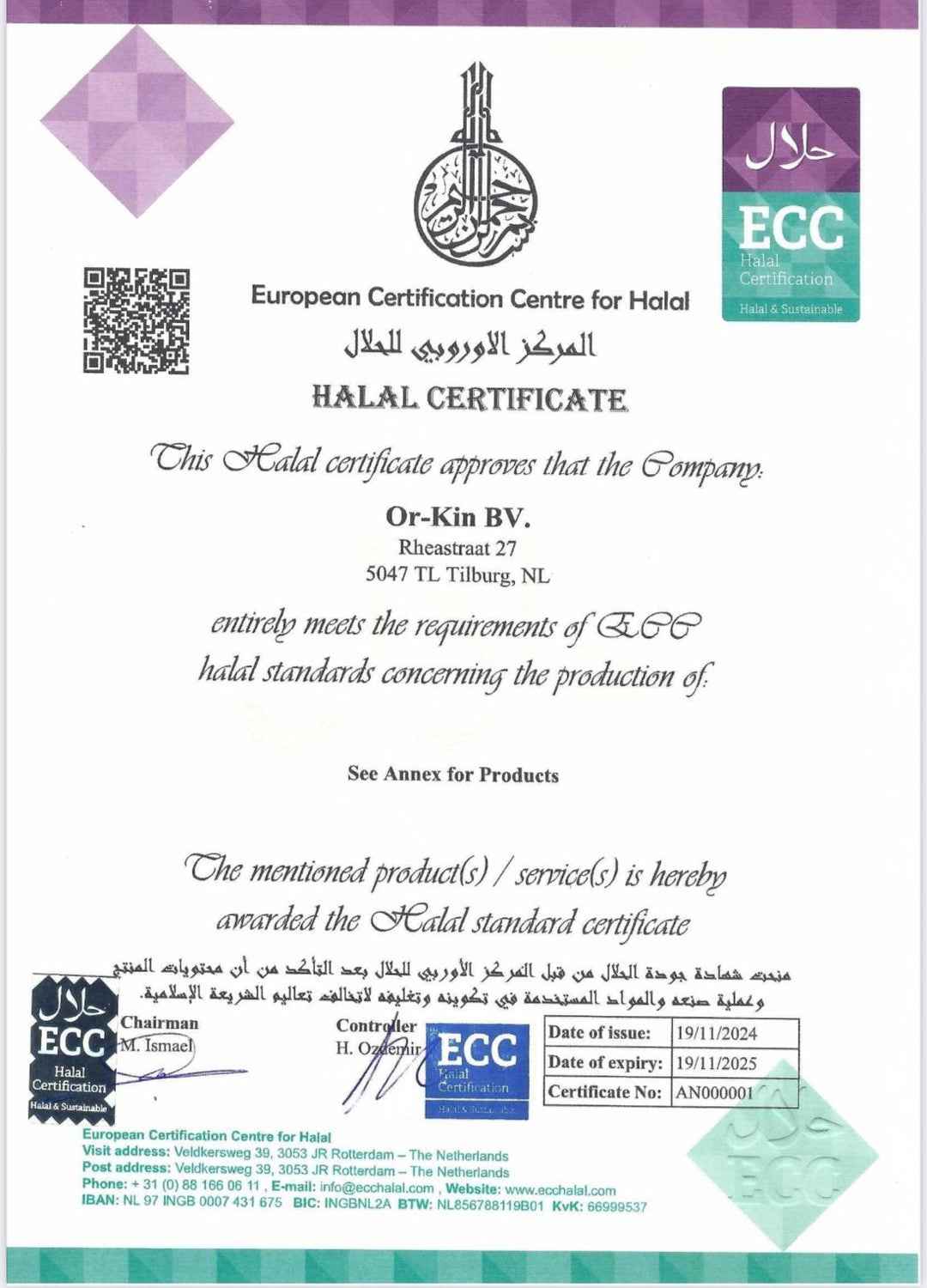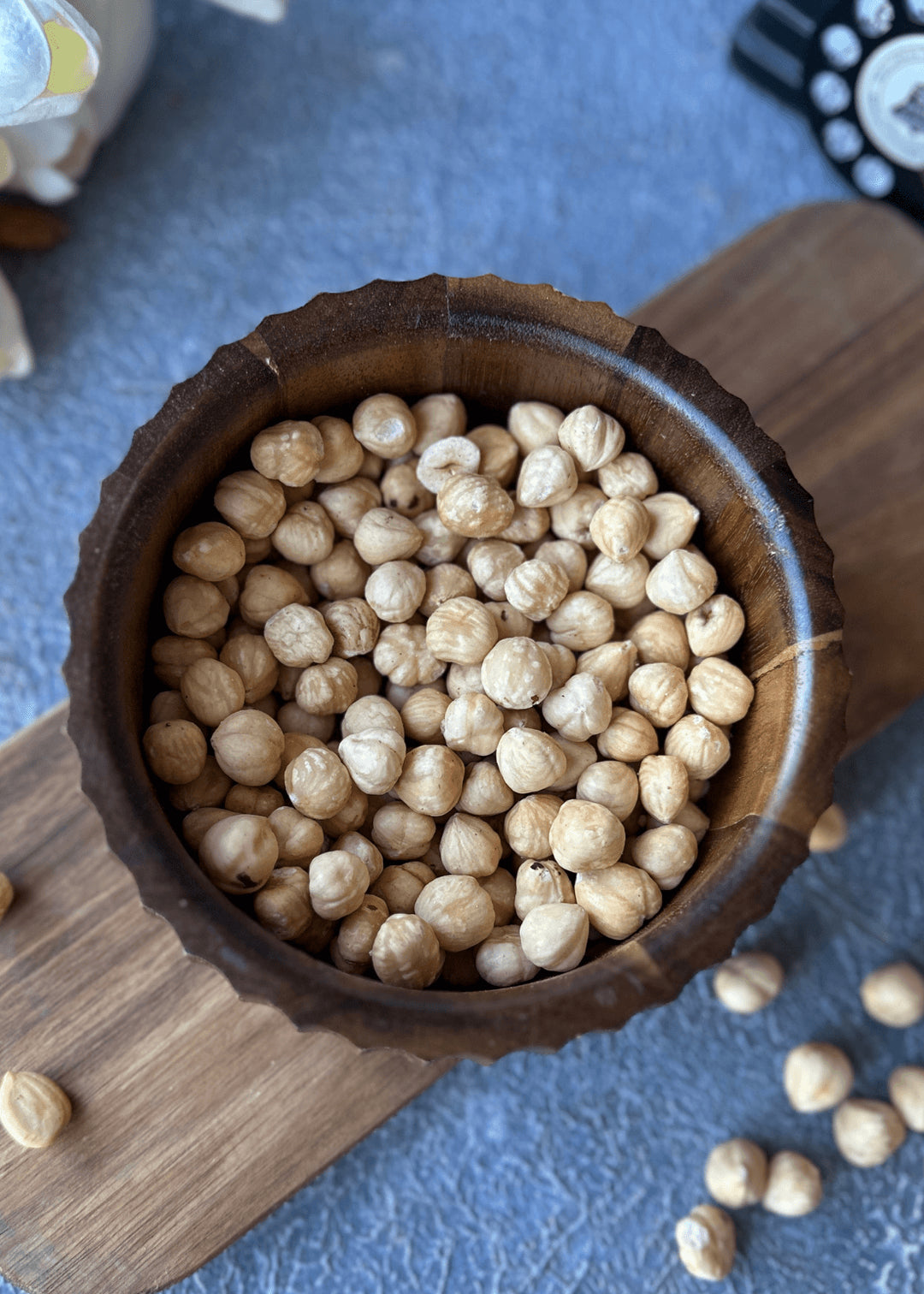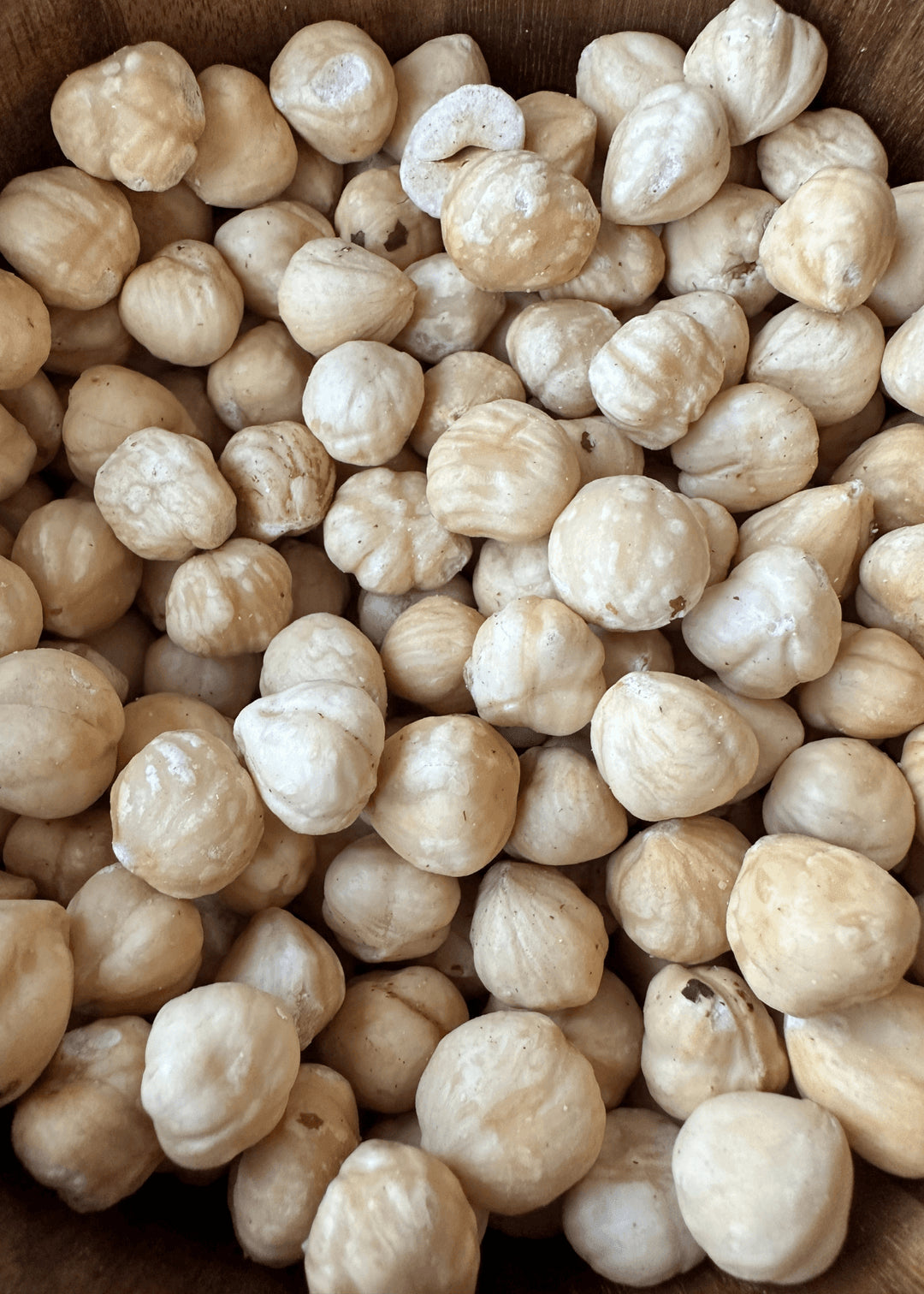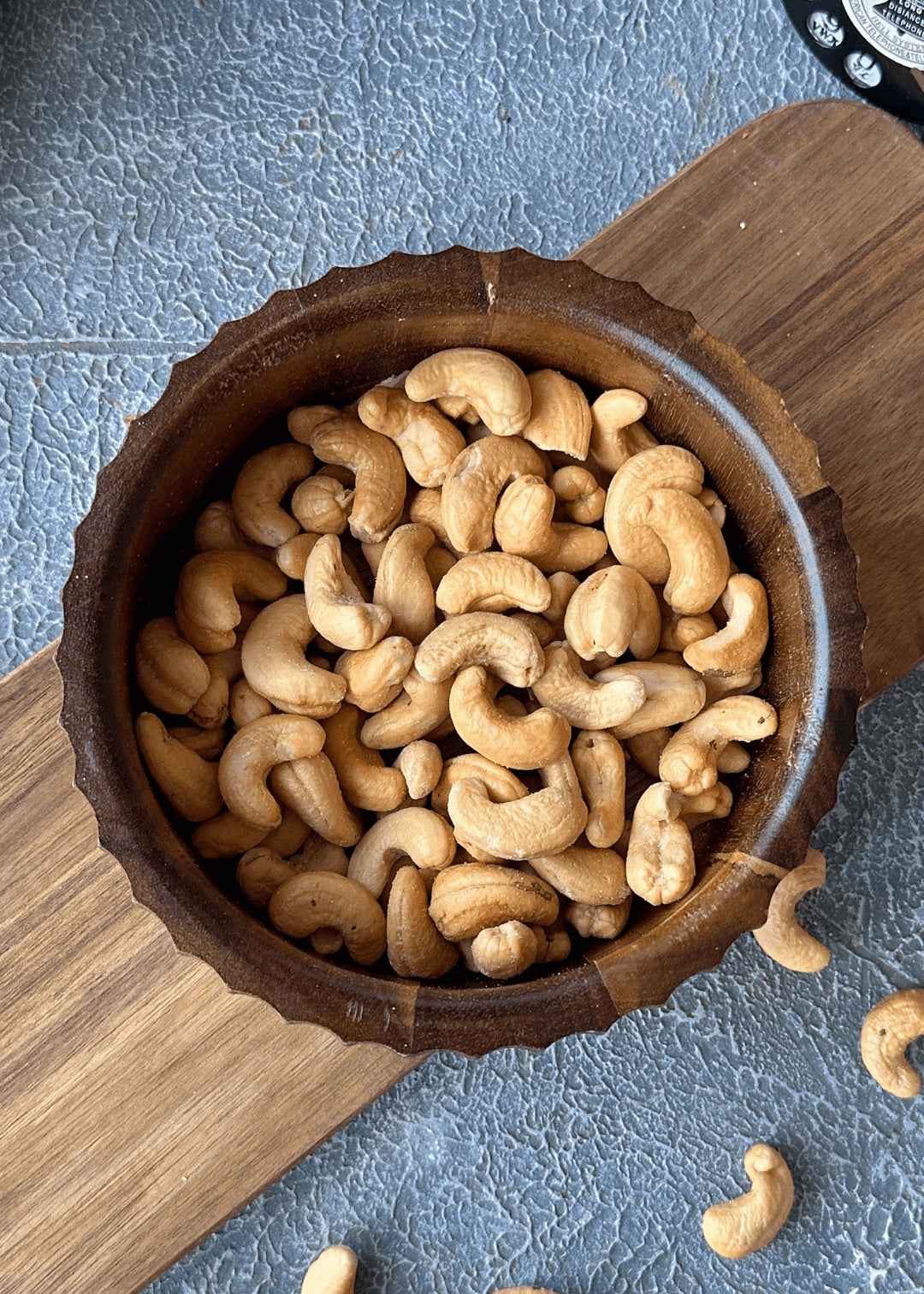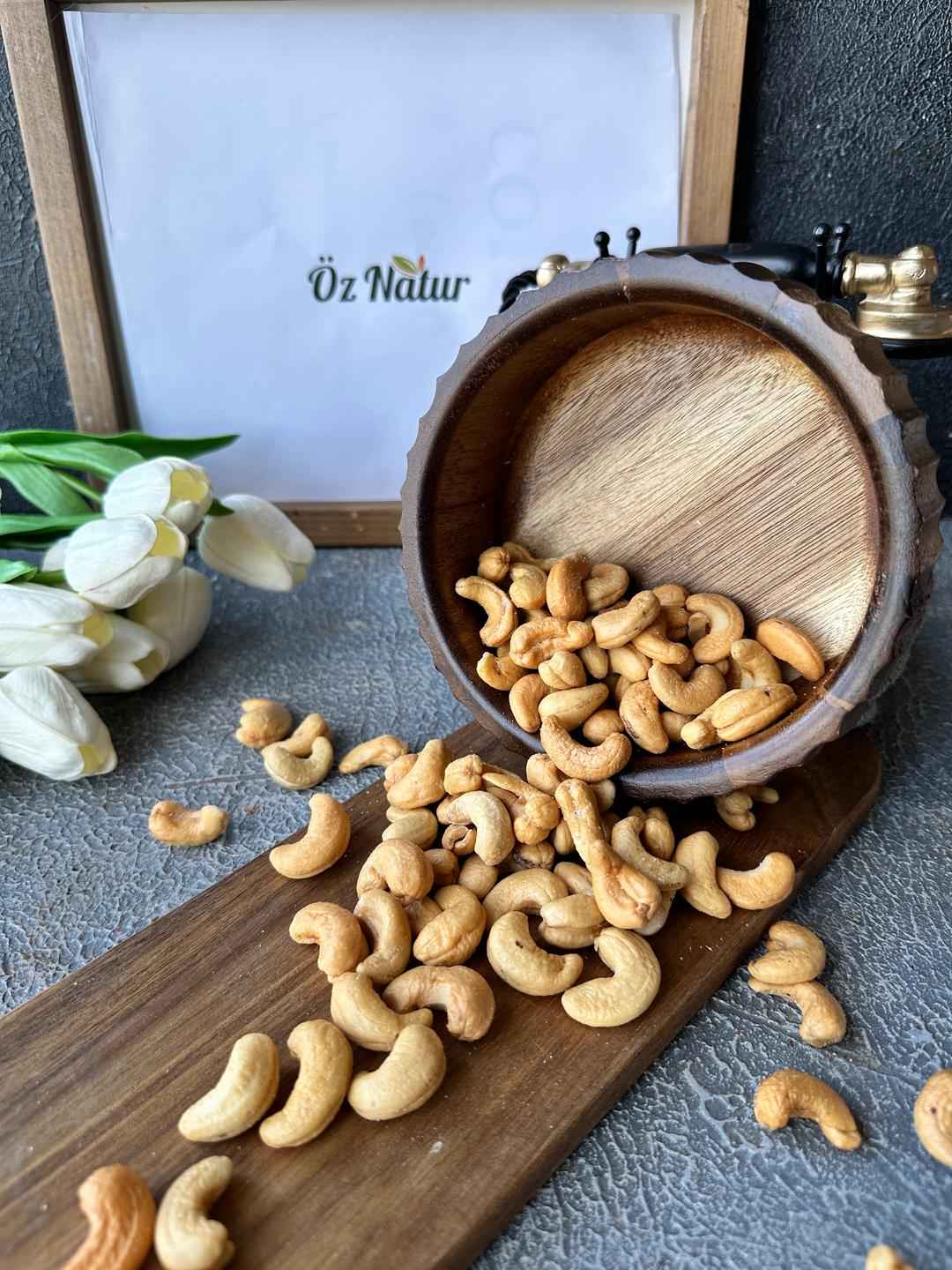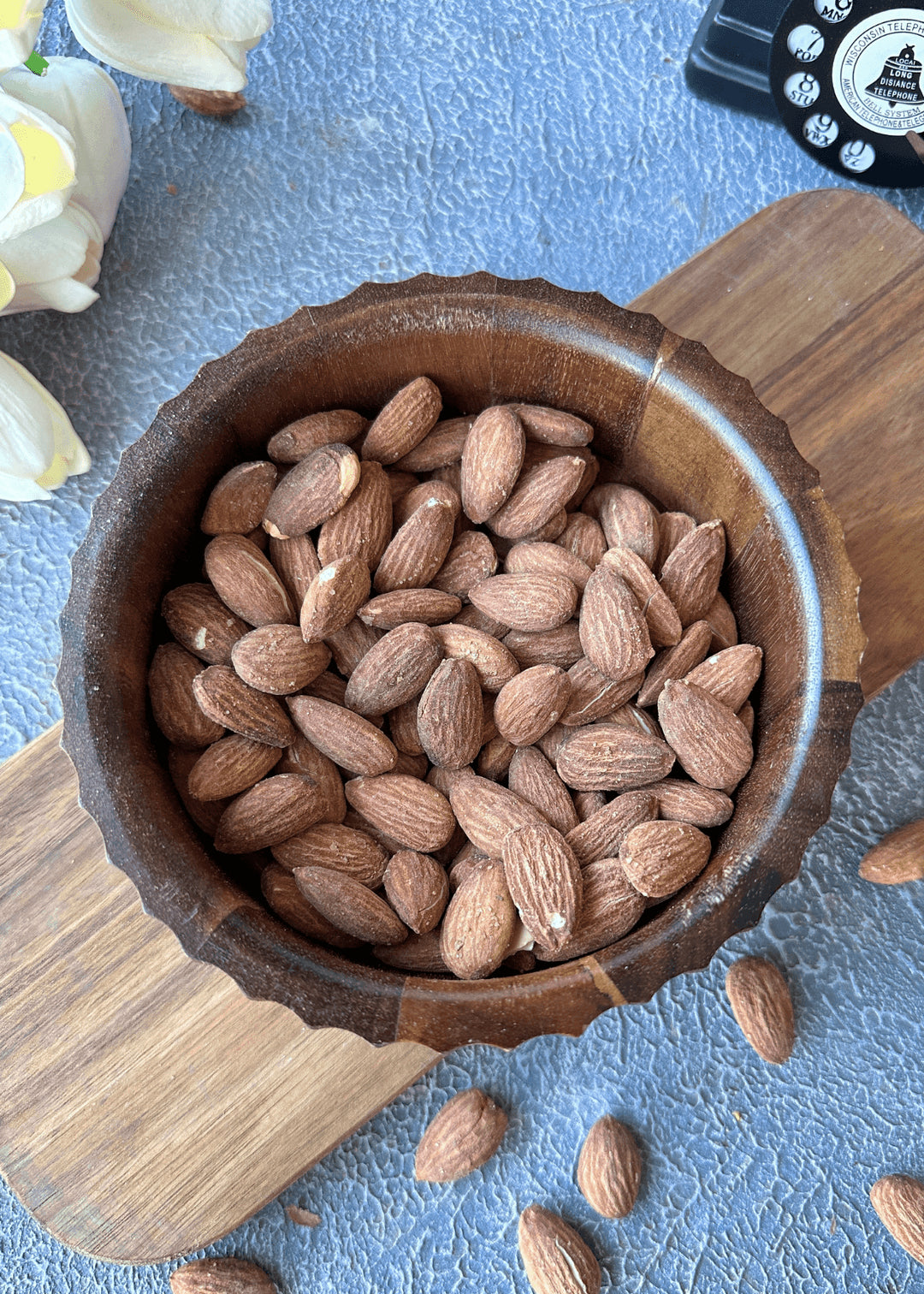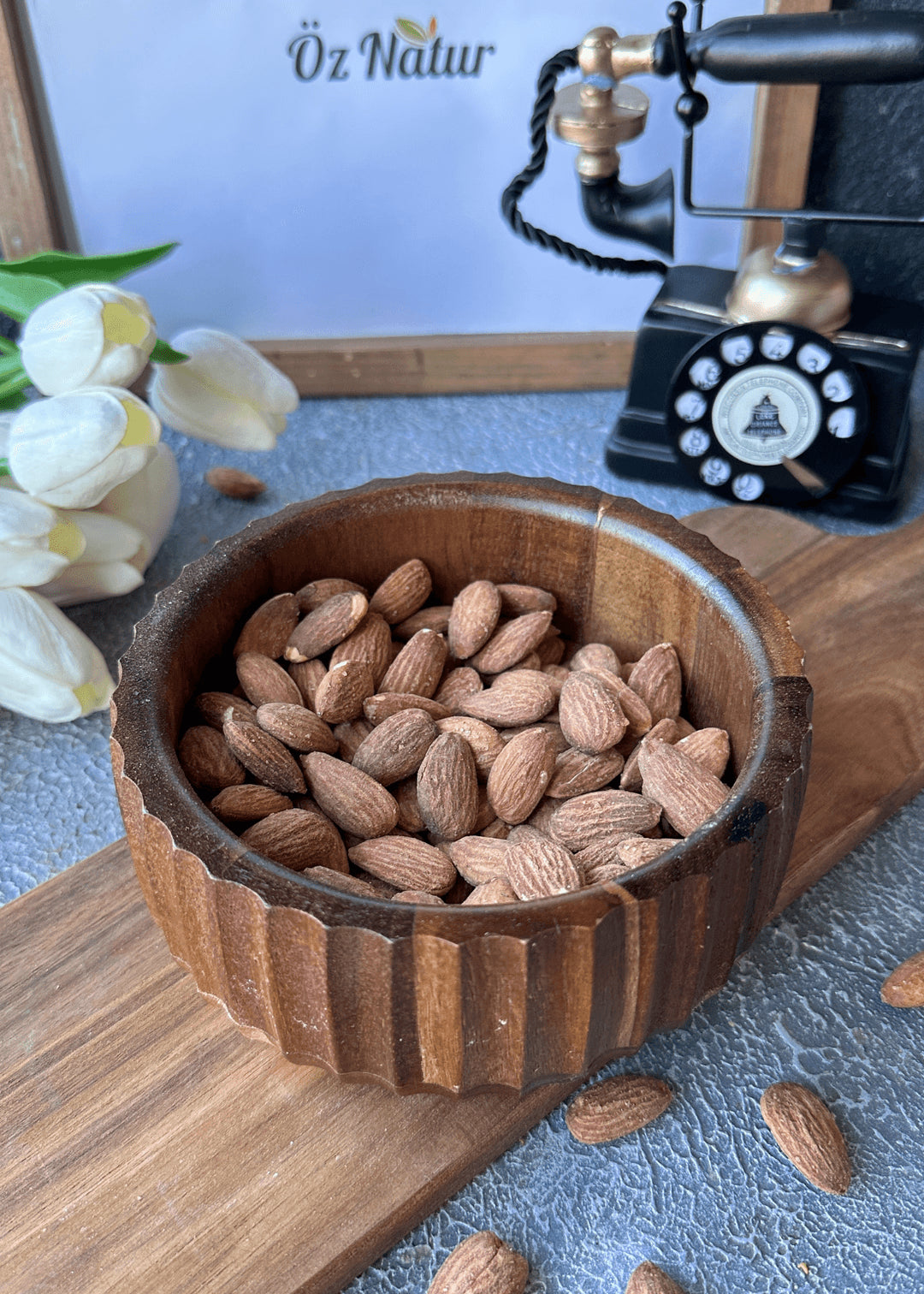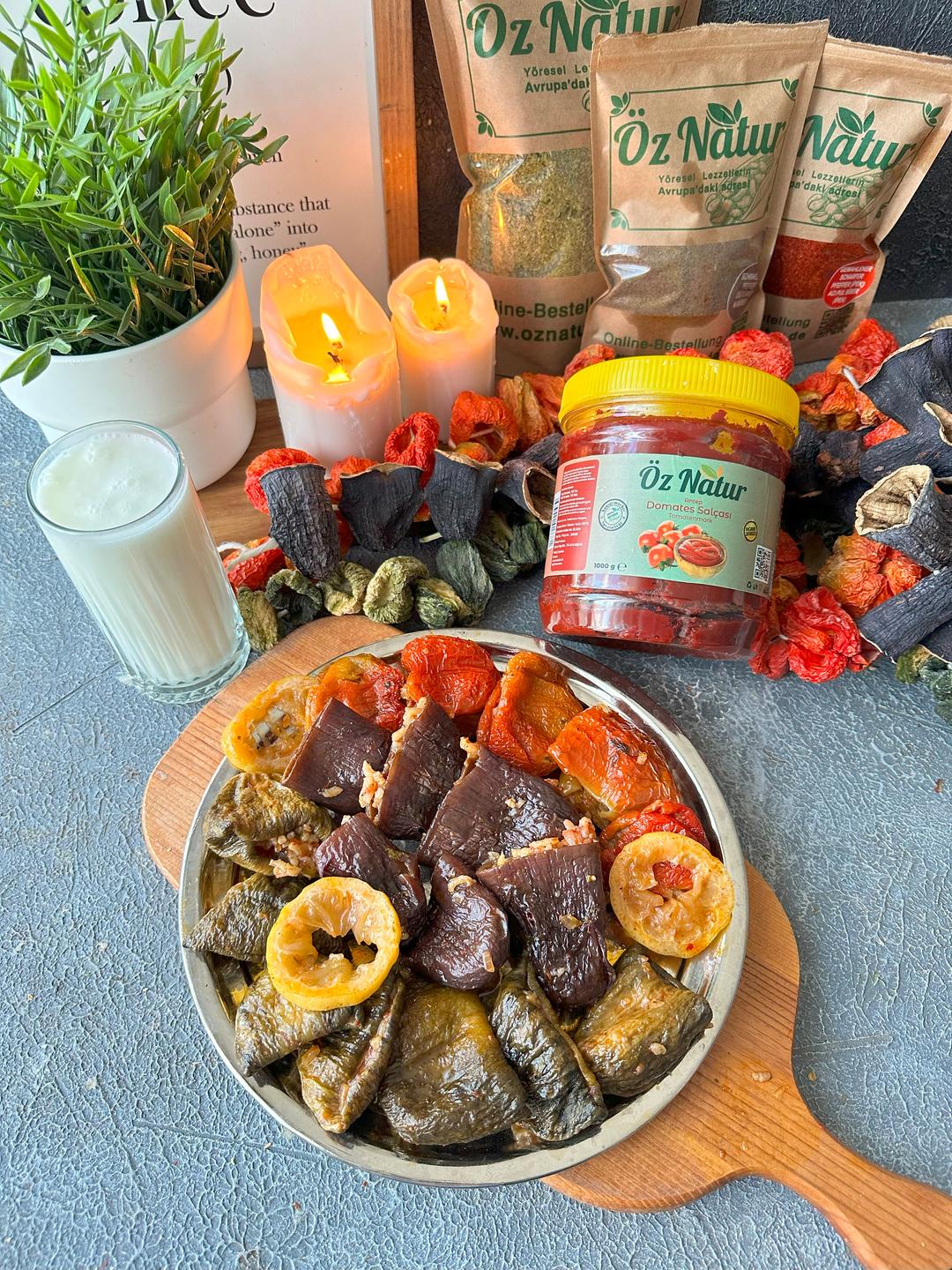Frankincense, known in Turkish as Akgünlük Sakızı, is a natural resin obtained from trees of the Boswellia species. It has been used for centuries in traditional medicine, religious rituals, and aromatherapy due to its unique aroma and spiritual significance. Even today, it remains a valuable natural product with a wide range of applications.
Which Plant Is It Derived From?
This resin is mainly harvested from the Boswellia serrata tree, which grows in regions like India, Pakistan, and North Africa. The tree is tapped to release its sap, which hardens over time and is collected manually. Its natural origin and artisanal collection process make it especially valued.
Historical and Traditional Usage
The use of frankincense dates back to ancient Egypt, where it was used in religious ceremonies and embalming practices. It was also popular in Ancient Greece and Rome; Hippocrates mentioned it for medical purposes. In the Ottoman era, it was used in folk remedies for digestion, respiratory health, and calming the mind. In parts of Anatolia, it was even used to ward off negative energy.
Aromatic Properties and Applications
When burned, frankincense emits a warm, spicy, resinous scent. It is often used during meditation, in spiritual settings, and in aromatherapy. Its unique fragrance also makes it a component in natural perfumes and cosmetic products. Additionally, it appears in modern dietary supplements, although care should be taken with any internal use.
How to Store It Properly?
To preserve its quality, frankincense should be stored in a cool, dry, and dark place, away from sunlight. Airtight glass jars or cloth pouches with lids are recommended. It should not be stored with other fragrant substances, as their scents can mix and alter the original aroma.


